20 Authentic Turkish Lamb Dishes That Bring Flavorful Joy
Turkish lamb represents a culinary tradition deeply rooted in cultural heritage and gastronomic passion.
Succulent meat transforms ordinary meals into extraordinary experiences across diverse regional landscapes.
Shepherds and home cooks have perfected techniques that elevate this protein into remarkable culinary art forms.
Rich flavors emerge from centuries-old cooking methods that honor agricultural traditions and family recipes.
Tender cuts showcase remarkable versatility through intricate spice combinations and slow-cooking techniques.
Mediterranean and central Asian influences converge, creating complex taste profiles that tantalize adventurous palates.
Remarkable preparations demonstrate how lamb becomes more than just sustenance - it represents connection, storytelling, and communal celebration.
You are about to uncover 20 authentic turkish lamb dishes that will ignite your culinary curiosity:
Authentic Turkish Lamb Dishes Rich with Flavor
Turkish cooks are masters at coaxing deep flavor from lamb. Grilled, stewed, or baked, these traditional dishes showcase the very best of Anatolian cuisine.
Cag Kebab
Cag kebab represents an authentic Turkish lamb specialty from Erzurum featuring meat slow-roasted on a horizontal wood-fired skewer.
Marinated lamb sits for 12 hours in onions, salt, and pepper before cooking, creating intense flavor profiles.
Master chefs called usta carefully slice tender meat pieces directly from the rotating horizontal skewer.
Traditional serving methods include eating straight off the skewer or wrapping meat in warm lavash flatbread.
Wood fire cooking ensures rich caramelization and smoky undertones throughout the meat.
Regional techniques pass through generations, maintaining precise preparation methods.
Lamb's natural richness combines with simple seasoning for a pure meat experience.
Regional Turkish culinary traditions shine through this distinctive grilling technique.
Doner Kebab
Doner kebab represents a versatile Turkish street food featuring meat roasted vertically on a large skewer and sliced thinly for serving.
Originating in Turkey during the Ottoman era, this popular dish transforms lamb, beef, or a combination into a succulent meat delicacy seasoned with traditional herbs and spices.
Berlin street vendors popularized the sandwich version in the early 1970s, introducing the concept to international audiences.
Vertical meat roasting techniques date back to 18th-century Ottoman culinary practices, showcasing a rich historical cooking method.
Modern doner kebab options include different meat selections and regional flavor adaptations.
Restaurants often serve the meat in bread, on plates, or wrapped in flatbread.
Diners appreciate the portable and flavorful nature of this internationally recognized street food.
Adana Kebap
Adana kebap represents a fiery Turkish grilled meat specialty originating from Southeastern Anatolia's Adana region with deep culinary roots.
Skilled butchers blend ground lamb and tail fat with intense spices like garlic, paprika, and red pepper flakes to create a vibrant red meat mixture.
Metal skewers hold the seasoned meat during careful grilling over hot charcoal, developing a rich smoky flavor and crispy exterior.
Fresh parsley and sliced red onions accompany the dish, adding brightness and sharp flavor.
Restaurants often pair Adana kebap with ayran, a tangy yogurt drink that balances the meat's spiciness.
Regional variations might include slight differences in spice combinations or serving styles.
Turkish families consider this dish a celebration of robust meat preparation techniques passed through generations.
Hunkar Begendi
Hunkar begendi emerges as a royal Ottoman Turkish delicacy featuring tender lamb stew atop silky roasted eggplant puree with deep historical roots in Istanbul's culinary landscape.
Sultan kitchens first crafted this elegant dish to impress European royalty, specifically preparing it for Napoleon III's wife during a state visit in the late 19th century.
Rich lamb slowly simmers in aromatic spices until incredibly tender and succulent, creating a hearty protein base for the creamy eggplant foundation.
Smooth eggplant puree blends seamlessly with milk and cheese, developing an incredibly velvety texture that complements the robust meat perfectly.
Chefs traditionally top the dish with a light tomato-based sauce that adds bright acidity and color to the plate.
Subtle herbal notes from fresh parsley provide a final garnish that cuts through the dish's richness.
Mediterranean ingredients shine through each carefully balanced component, reflecting Ottoman cooking techniques.
Iskender Kebap
Iskender kebap bursts with rich Turkish culinary heritage, originating in Bursa as a signature lamb dish crafted by butcher Iskender Efendi.
Thinly sliced lamb grilled to perfection forms the heart of this savory meal, layered over soft pita bread and drenched in spicy tomato sauce.
Melted sheep butter cascades across the plate, complemented by cool yogurt served tableside for a dramatic presentation.
Traditional accompaniment sra, a digestive beverage, balances the intense flavors of the kebap.
Lamb selection and precise grilling techniques determine the dish's quality and taste.
Restaurants across Turkey pride themselves on their unique preparation methods.
Regional variations might include different meat cuts or sauce intensities.
Authentic Iskender kebap remains a celebrated symbol of northwestern Turkish cuisine.
Kuzu Sis
Kuzu sis embodies Turkish grilling mastery through succulent lamb kebabs marinated in aromatic spices and yogurt.
Chunks of tender lamb alternate with colorful vegetables like mushrooms, green peppers, shallots, cherry tomatoes, and eggplants on skewers.
Skillful marination involves olive oil, garlic, cumin, Turkish pepper paste, and black pepper, which infuse deep flavors into the meat.
Grilling transforms these skewered ingredients into a smoky, juicy delicacy that showcases Mediterranean cooking techniques.
Restaurants and home cooks across Turkey prepare this dish as a popular street food and restaurant staple.
Traditional serving involves presenting the hot kebabs immediately after grilling.
Diners enjoy kuzu sis with rice, salad, and flatbread for a complete meal.
Testi Kebab
Testi kebab are sizzling clay pot dishes from Cappadocia, Turkiye, featuring tender meat and vegetables slow-cooked in sealed earthenware for maximum flavor intensity.
Mountain shepherds traditionally prepared this unique meal by combining lamb, beef, or chicken with tomatoes, peppers, onions, and garlic inside clay pots.
Skilled cooks seal the pot's top with dough to trap steam and moisture during cooking.
Wood-fired ovens or hot coals gradually heat the pot, ensuring meat becomes incredibly soft and juicy.
Spices penetrate every ingredient during the long, gentle cooking process.
Breaking open the clay pot tableside creates a dramatic presentation that delights diners.
Regional ingredients and traditional cooking techniques make this kebab a true Turkish culinary experience.
Restaurants across Turkiye proudly serve this memorable regional specialty.
Cop Sis
Cop sis are succulent lamb kebabs originating from Turkey's Aegean region, crafted from meat trimmings typically discarded during traditional shish kebab preparation.
Roasted on small wooden skewers, these flavorful morsels transform humble meat scraps into a mouthwatering delicacy beloved across regional cuisine.
Marinated in a zesty blend of olive oil, oregano, and black pepper, the meat absorbs intense garlic and tomato flavors before quick roasting.
Chefs carefully select lamb pieces with optimal fat content to ensure maximum tenderness and taste.
Turkey's culinary creativity shines through this ingenious dish that wastes nothing and maximizes flavor.
Locals traditionally serve cop sis as a street food or casual restaurant offering.
Small wooden skewers give the dish its playful nickname "trash shish" or "garbage shish" in modern Turkish.
Authentic preparation requires high heat and swift cooking to seal in rich, smoky flavors.
Alinazik Kebab
Alinazik stands out as a smoky Turkish kebab featuring charred eggplant blended with creamy garlic yogurt sauce and topped with tender lamb chunks.
Gaziantep region pioneered this flavorful dish that combines roasted eggplants carefully prepared over hot coals for maximum smokiness.
Stewed lamb simmers with onions, red pepper paste, and tomatoes, creating rich meaty undertones that complement the vegetable base.
Garlic yogurt sauce provides a cool, tangy counterpoint to the warm meat and smoky eggplant.
Traditional preparation requires carefully roasting eggplants to develop deep, complex flavors.
Lamb chunks are slow-cooked until meltingly tender and full of spice.
Restaurant and home cooks often serve alinazik with fragrant rice pilaf or grilled seasonal vegetables.
Mediterranean ingredients and careful cooking techniques define this beloved Turkish specialty.
Beyti Kebab
Beyti kebab represents a classic Istanbul street food featuring seasoned ground lamb or beef grilled on skewers and wrapped in lavash bread.
Spices like cumin, coriander, garlic, and paprika infuse the meat with rich, complex flavors during preparation.
Chefs carefully mix ground meat with onions, eggs, breadcrumbs, and seasonings before grilling to create perfectly charred kebabs.
Lavash or phyllo pastry gets brushed with butter and carefully wrapped around the hot meat rolls.
Diagonal cuts reveal the meat's juicy interior, which chefs then top with a buttery tomato sauce.
Creamy yogurt accompanies the dish, either nestled in the center or served alongside the kebab.
Turkish restaurants often present beyti as a hearty main course that balances smoky grilled meat with soft bread and tangy sauce.
Diners enjoy this satisfying street food that reflects Istanbul's vibrant culinary traditions.
Kuzu Kapama
Kuzu kapama are succulent lamb dishes from Turkey where tender lamb slowly braises with fresh green vegetables, creating a rich and comforting meal that showcases regional cooking techniques.
Lamb legs or shins form the core protein, slowly cooking with scallions, parsley, and either lettuce or swiss chard until meat becomes fork-tender.
Traditional recipes often include additional ingredients like onions, potatoes, thyme, dill, and garlic for deeper flavor complexity.
Butter and tomato paste add richness and depth to this rustic preparation.
Cooking occurs gradually, allowing meat to absorb vegetable essences and become incredibly soft.
Salt and pepper season the dish, enhancing natural lamb flavors.
Mediterranean culinary traditions heavily influence this warming meal.
Families across Turkey prepare kuzu kapama as a satisfying weekend lunch or special gathering meal.
Kebab In Parchment Paper (Kagt Kebab)
Kağıt kebab delights food lovers with its unique preparation method of slow-cooking seasoned meat and vegetables wrapped in parchment paper, originating from Antakya, Turkey.
Mediterranean culinary traditions inspire this savory dish featuring tender beef or lamb marinated with olive oil, salt, and pepper.
Regional ingredients like tomatoes, peas, carrots, bell peppers, potatoes, and shallots create a rich, flavorful profile.
Kitchen professionals carefully seal ingredients inside parchment paper to lock in moisture and enhance natural flavors.
Cooking happens gradually in an oven, allowing meats and vegetables to blend seamlessly.
Restaurant diners appreciate its aromatic presentation when servers cut open the paper package at the table.
Traditional preparation methods highlight regional Turkish cooking techniques.
Restaurant goers enjoy this authentic meal as a special culinary experience showcasing regional ingredients and cooking styles.
Kadnbudu Kofte
Kadinbudu kofte showcases Turkey's rich culinary heritage through a unique meatball dish shaped like a woman's thigh during Ottoman times.
Ground beef or lamb blends seamlessly with rice, onions, and aromatic spices to create these iconic Turkish morsels.
Eggs and flour bind the meat mixture, which is carefully shaped into distinctive oval forms.
Cooks first prepare the meat mixture by mixing ingredients and allowing them to rest.
Each kofte receives a light flour coating before being gently fried to achieve a crispy golden exterior.
Traditional preparation involves careful shaping and precise cooking techniques passed down through generations.
Regional variations exist across different parts of Turkey, reflecting local flavor preferences.
Turkish families often serve kadinbudu kofte as a satisfying main course accompanied by yogurt or fresh salad.
Islim Kebab
Islim kebab represents a stunning Turkish meat dish crafted with tender eggplant packages filled with succulent lamb or beef.
Thin eggplant slices carefully wrap around seasoned ground meat chunks, creating elegant parcels bursting with rich flavors.
Cooks typically prepare these compact bundles by rolling meat inside roasted eggplant strips and securing them with toothpicks.
Robust tomato sauce bathes the kebabs during baking, ensuring deep, intense taste and moisture.
Each package receives a vibrant garnish of fresh tomato slice and green pepper before serving.
Traditional preparation involves using ground lamb or beef mixed with spices for the interior filling.
Regional variations might include different meat selections or subtle seasoning tweaks.
Restaurants and home kitchens across Turkey celebrate this classic meat-based dish as a beloved culinary tradition.
Ankara Tava
Ankara tava are succulent lamb chunks slow-cooked with orzo pasta in a rich tomato-based sauce, representing central Turkish cuisine's hearty flavors.
Regional butchers carefully select tender lamb for this traditional dish from Ankara.
Cumin and black pepper create deep, aromatic undertones in the sauce.
Hot peppers and onions sauté in olive oil before tomato paste and garlic join the mix.
Lamb cubes simmer until water evaporates, concentrating their natural flavors.
Orzo pasta cooks alongside the robust sauce, absorbing every savory note.
Small pilaf pots help blend meat and pasta perfectly.
Families across Turkey enjoy this comforting one-pot meal during gatherings and cold evenings.
Keskek
Keskek stands as a hearty Turkish ceremonial feast featuring slow-cooked meat and wheat blended into a rich, creamy stew.
Shepherds and villagers traditionally prepare this ceremonial dish during special celebrations and weddings across Anatolia.
Rural communities carefully select lamb or chicken as the primary protein, cooking it tenderly with wheat or barley in large communal pots.
Ottoman palace kitchens and rural households share similar preparation techniques, grinding wheat until smooth and creamy.
Regional variations include different spice combinations and meat selections, reflecting local agricultural traditions.
Butter, meat broth, and pepper flakes create a savory sauce poured over the mashed grains.
Musicians and guests gather around massive cooking vessels during preparation, making the cooking process a social event.
Families serve keskek in large communal bowls, symbolizing unity and shared celebration.
Buryan Kebab
Buryan kebab represents an ancient Anatolian cooking method where whole goats or lambs slow-roast underground in sealed wood-fired wells across Eastern Turkey.
Regional variations from Bitlis and Siirt provinces showcase slightly different preparation techniques for this traditional meat dish.
Wood fires create intense heat that gradually cooks the animal, ensuring tender, deeply flavored meat with a unique smoky essence.
Underground cooking allows steam and natural juices to intensify flavors while keeping the meat incredibly moist.
Skilled Turkish butchers carefully prepare the animal, often removing internal organs before positioning it in the well.
Mud or ash seals the cooking pit, trapping heat and preventing moisture escape during the slow roasting process.
Generations of Turkish families have maintained this culinary technique, passing down knowledge from one generation to another.
Salt, minimal spices, and precise cooking methods contribute to buryan kebab's distinctive taste profile.
Haslama
Haslama stands out as a hearty Turkish lamb stew that transforms simple ingredients into a comforting meal through slow boiling.
Rich lamb meat becomes incredibly tender during cooking, practically melting as it simmers with fresh vegetables like carrots, potatoes, celery, and onions.
Regional Turkish families traditionally prepare this one-pot dish by carefully boiling meat until it easily separates from the bone.
A distinctive creamy sauce made from butter, flour, lemon juice, and egg yolks elevates the basic ingredients into a complex flavor profile.
Salt and pepper season the meat and vegetables, adding depth to each bite.
Restaurants across Turkey feature this classic dish as a staple of home-style cooking.
Shepherds and rural communities originally developed haslama as a practical way to prepare available ingredients.
Orman Kebab
Orman kebab showcases Turkey's rustic culinary traditions with its hearty mountain-style meat preparation from Bolu province.
Lamb or beef cubes get coated in flour and olive oil before slowly browning in a pot with aromatic vegetables like carrots, potatoes, and onions.
Peas add gentle texture while tomato paste introduces rich color and depth to this woodland-inspired dish.
Thyme sprinkles herbal notes throughout the meat and vegetable mixture, creating a robust flavor profile.
Butter enhances the overall richness, melting into each ingredient during cooking.
Salt balances the complex taste elements, ensuring a satisfying meal.
Traditional preparation methods reflect generations of regional cooking techniques.
Rural Turkish families have enjoyed this one-pot wonder for generations, transforming simple ingredients into a memorable dining experience.
Sevketibostan Yemegi
Sevketibostan yemegi represents a rustic Turkish vegetable dish showcasing prickly golden thistle's unique culinary potential from Mediterranean regional cuisine.
Wild herb stems and roots get carefully cleaned and gently simmered to extract subtle bitter undertones characteristic of this traditional preparation.
Regional Aegean cooks transform the challenging herb into a nutritious side dish with minimal ingredients and straightforward cooking techniques.
Mediterranean communities value sevketibostan for its nutritional density and distinctive flavor profile.
Farmers harvest the herb during early spring when its stems remain tender and most flavorful.
Salt, olive oil, and occasional onion accompaniments enhance the dish's natural earthy essence.
Vegetable lovers appreciate its wild, slightly astringent taste that reflects regional agricultural traditions.
Rural Turkish communities consider this preparation a simple yet meaningful connection to seasonal botanical harvests.
What Traditional Sides Accompany Lamb Dishes?
Lamb, with its rich and distinctive flavor, is often paired with sides that complement and balance its robust taste across various culinary traditions:
These traditional sides not only complement lamb’s bold flavor but also create a harmonious and satisfying meal.

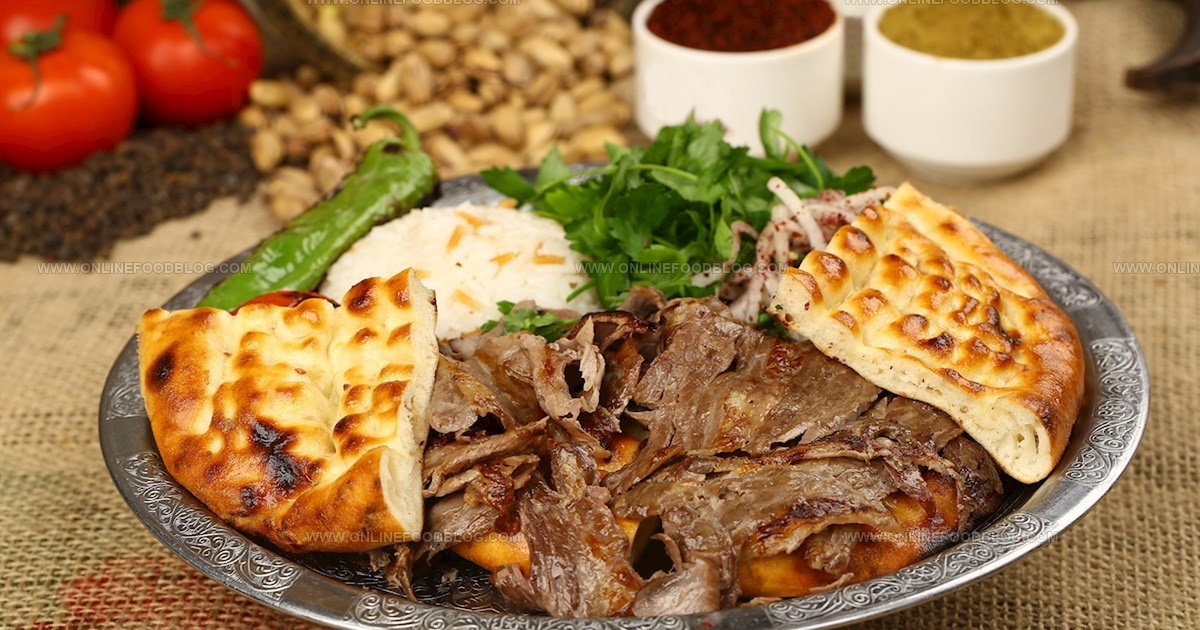
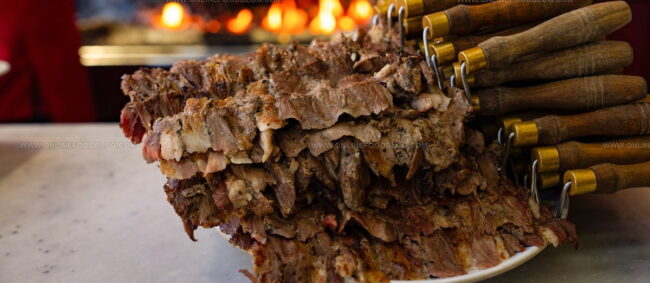
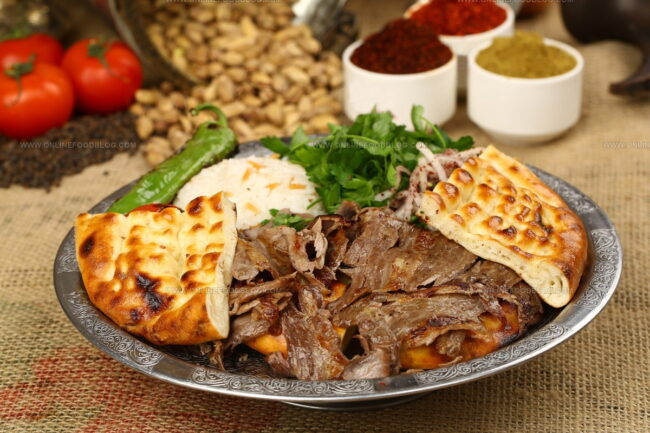
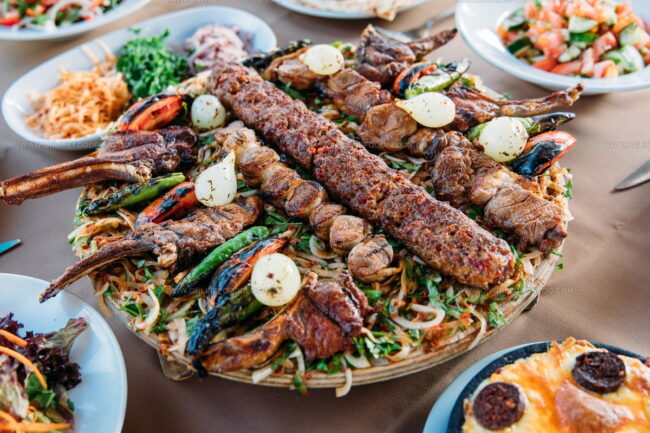
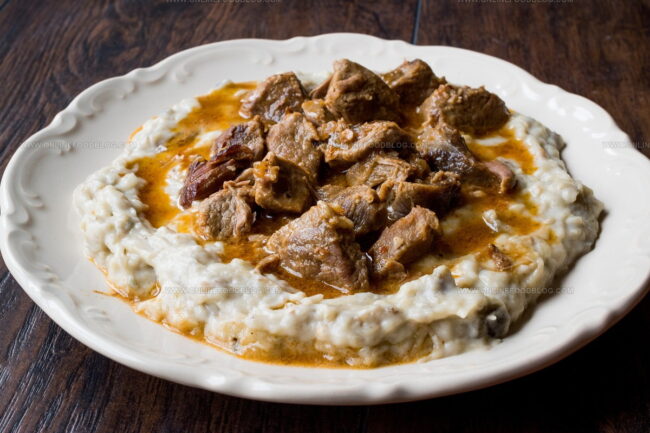
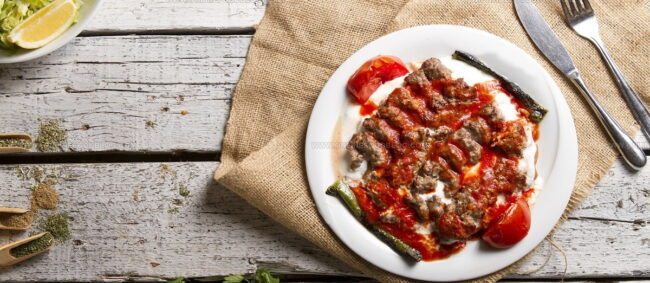
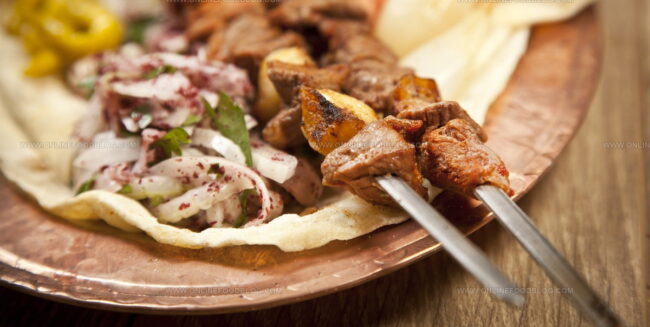
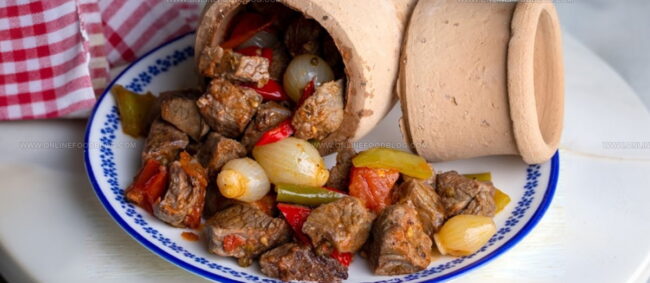
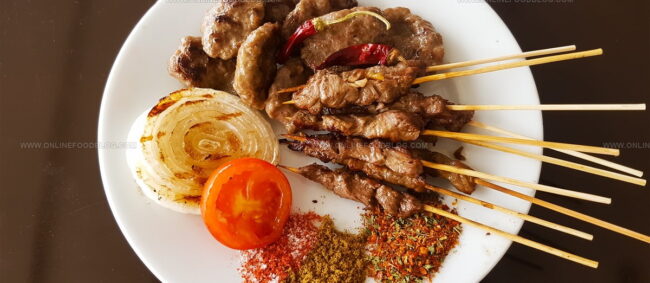
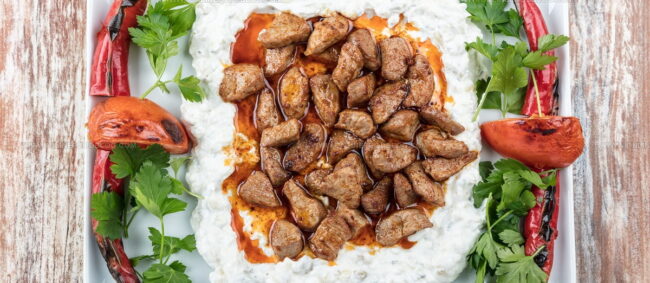
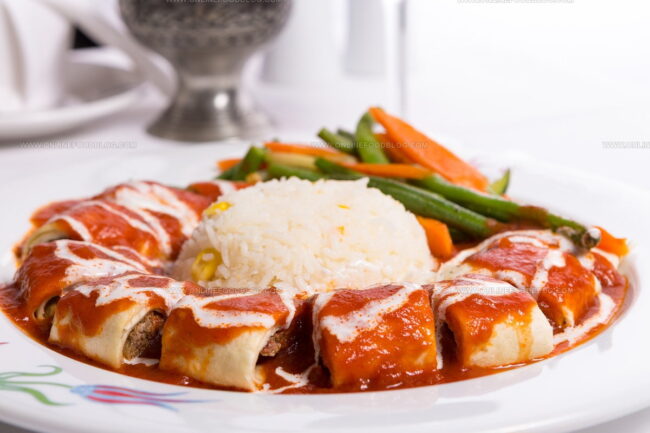
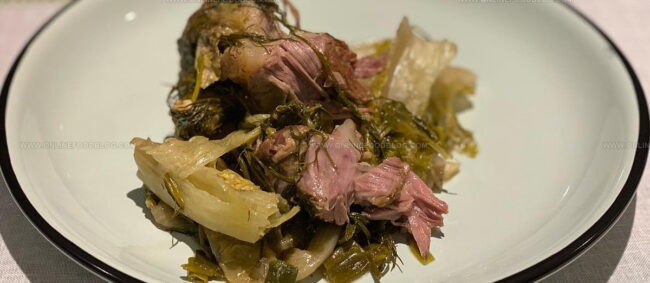
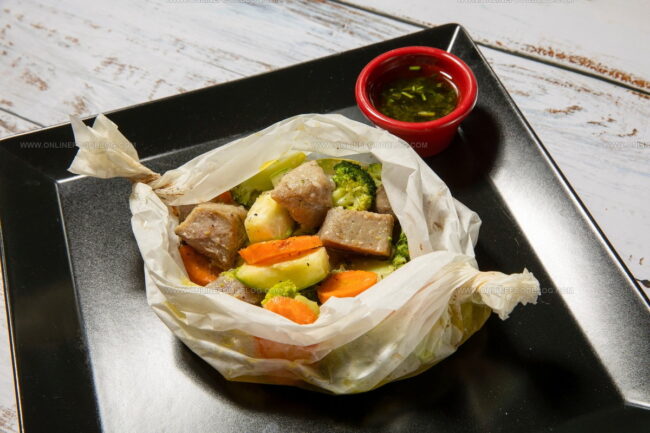
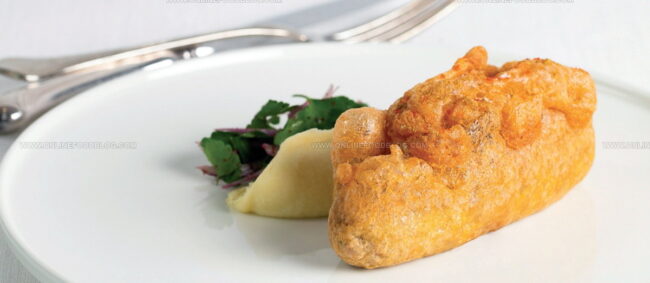
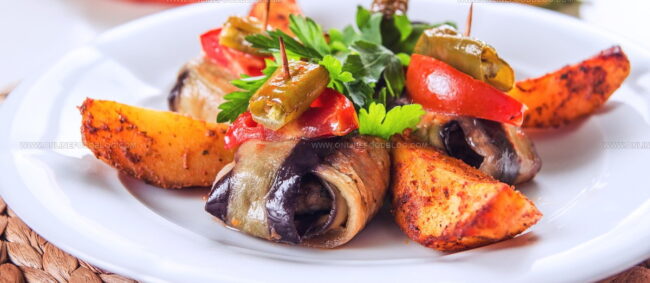
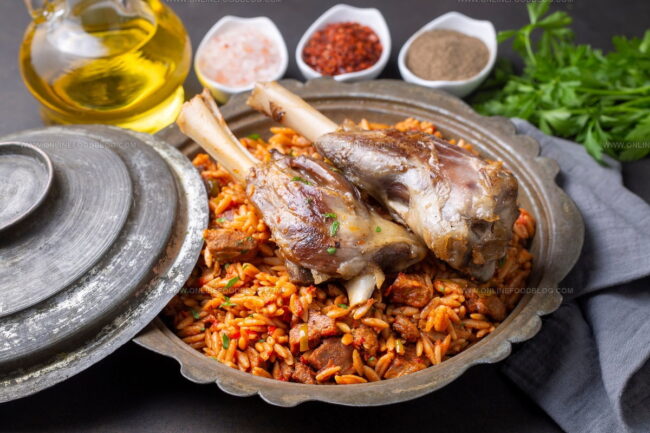
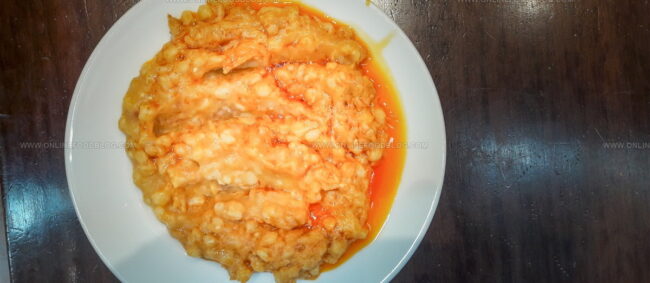
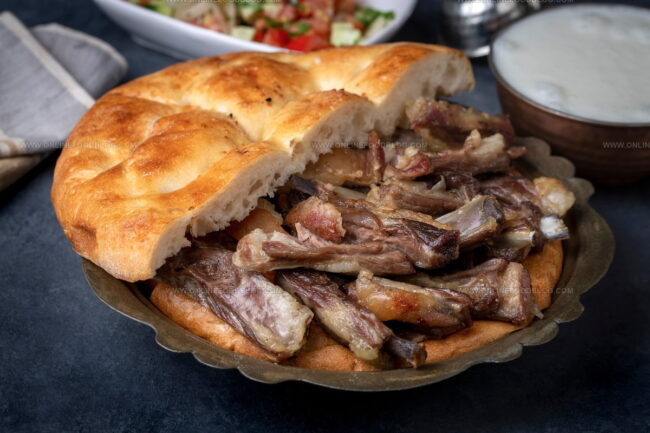
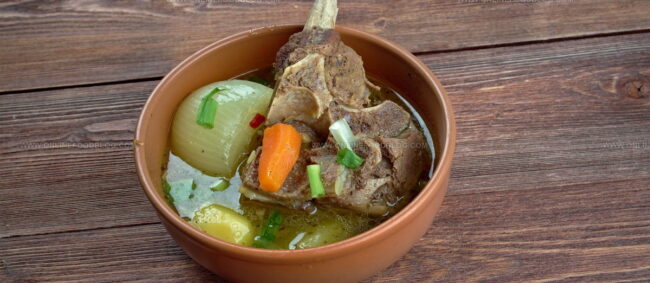
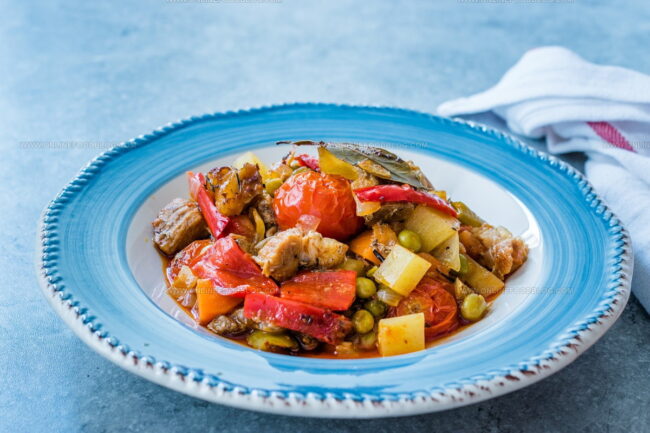
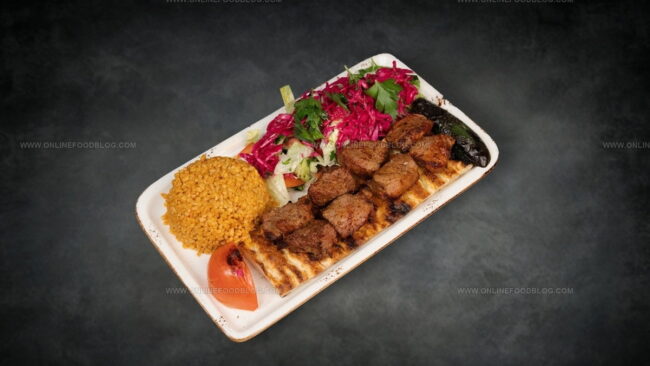
Lucas Bennett
Founder & Recipe Creator
Expertise
Simple Everyday Recipes, Sustainable Cooking Practices, Creative Meal Planning, Recipe Testing and Improvement
Education
Fox Valley Technical College, Appleton, Wisconsin
Lake Superior College, Duluth, Minnesota
Lucas Bennett’s cooking journey started in his parents’ kitchen, where he learned to prepare tasty, no-fuss meals from scratch. His culinary passion led him to Fox Valley Technical College, where he gained practical cooking skills.
He then expanded his focus on sustainability at Lake Superior College. Today, Lucas shares easy, approachable recipes designed to make cooking enjoyable and stress-free for everyone.